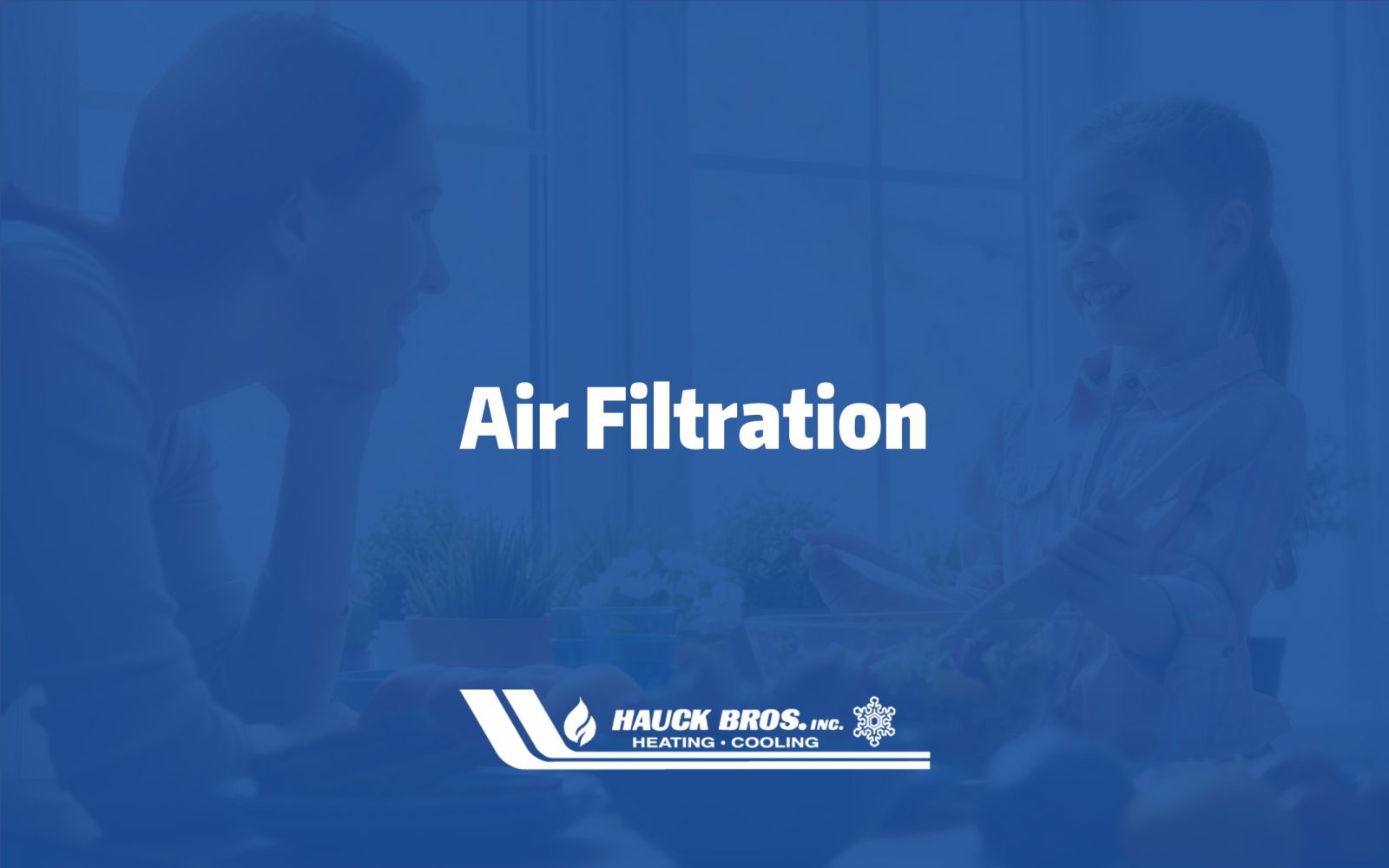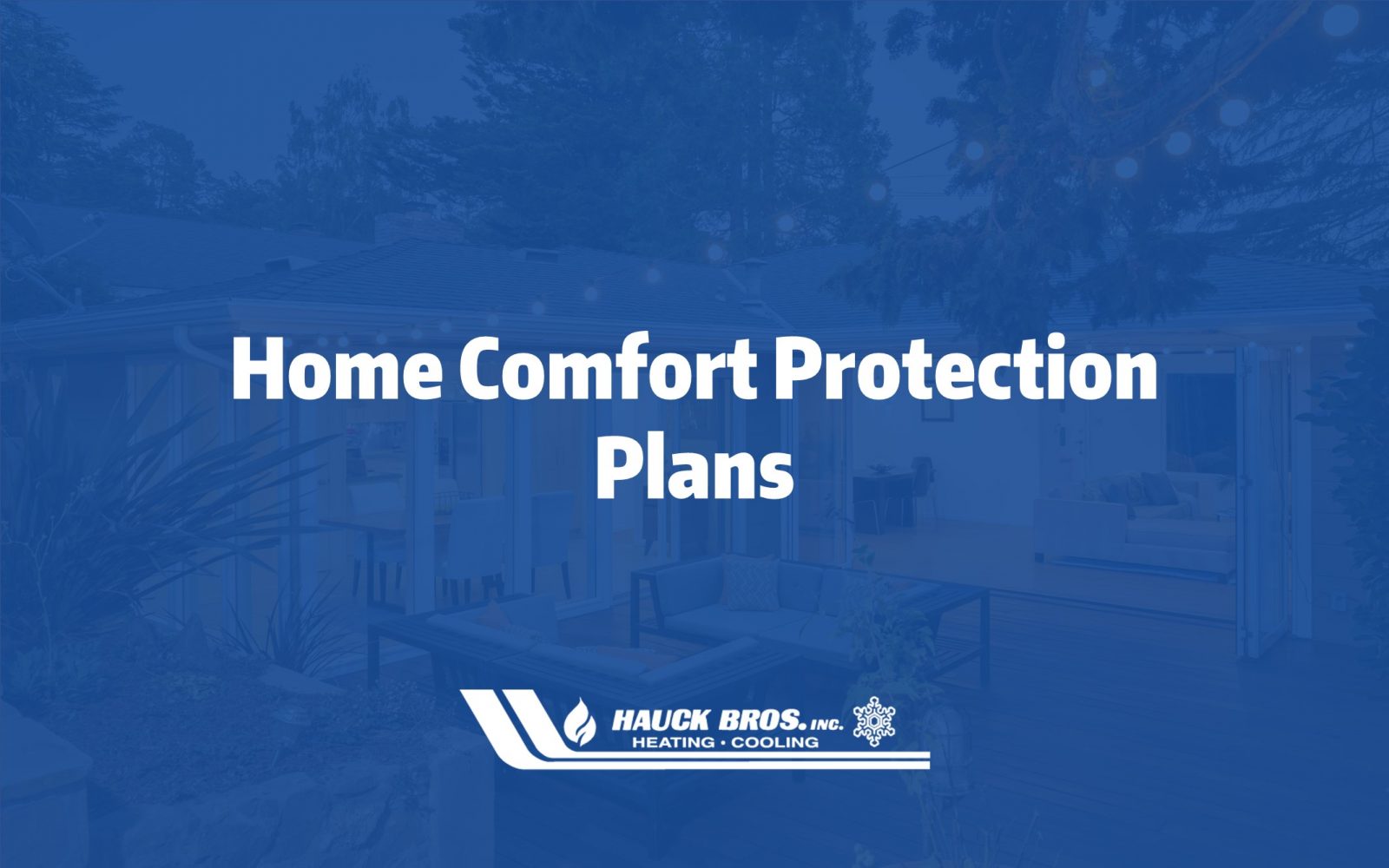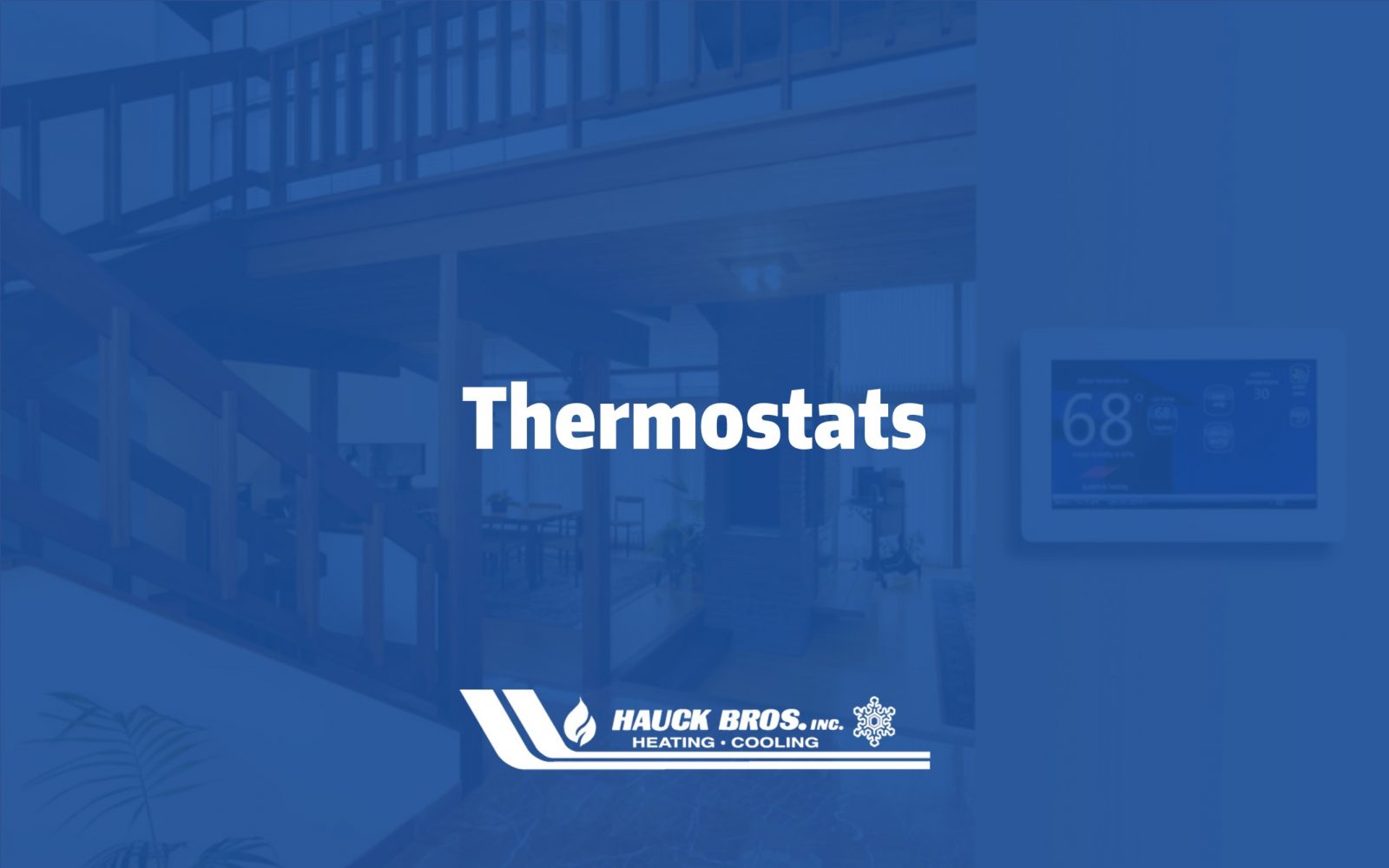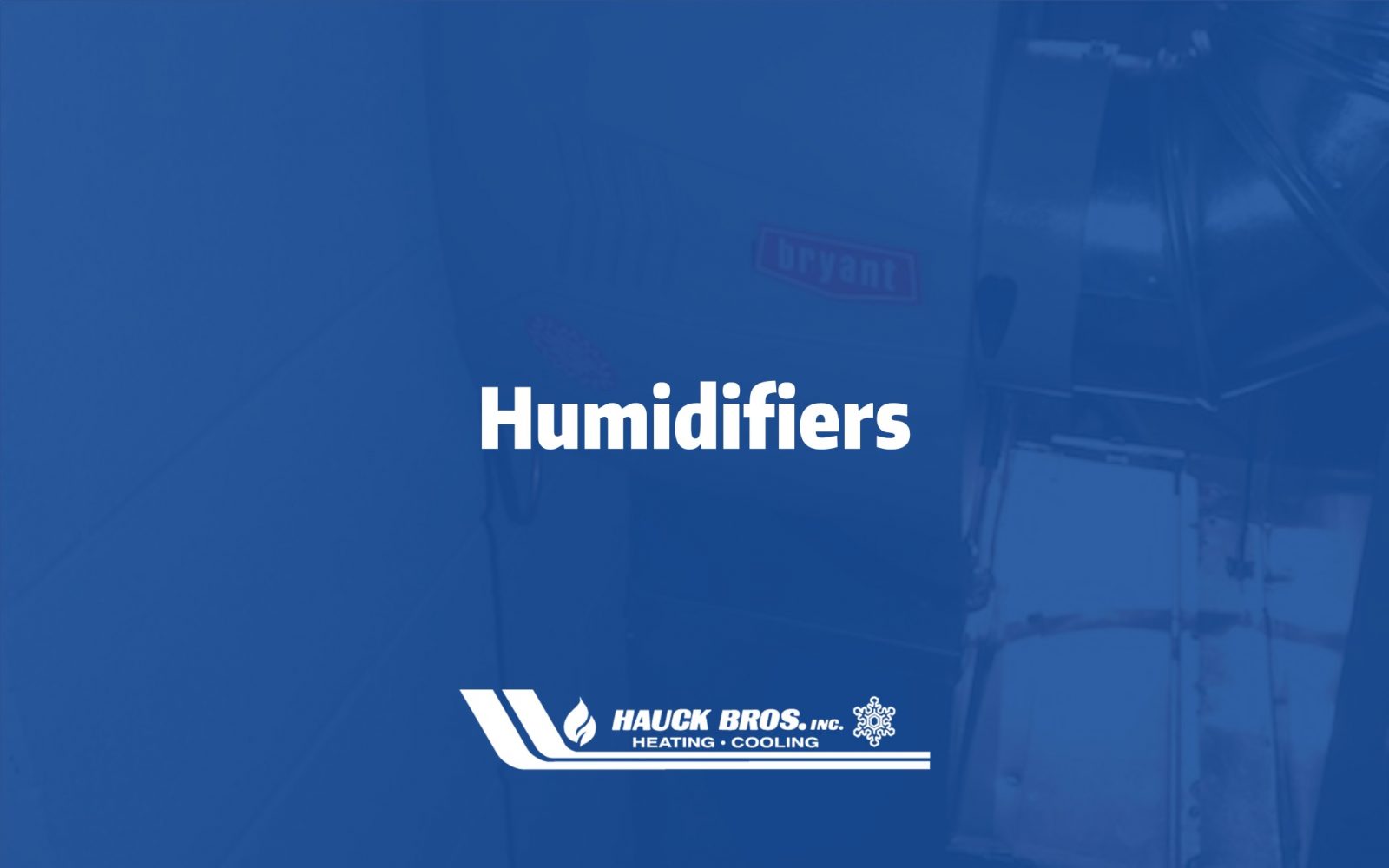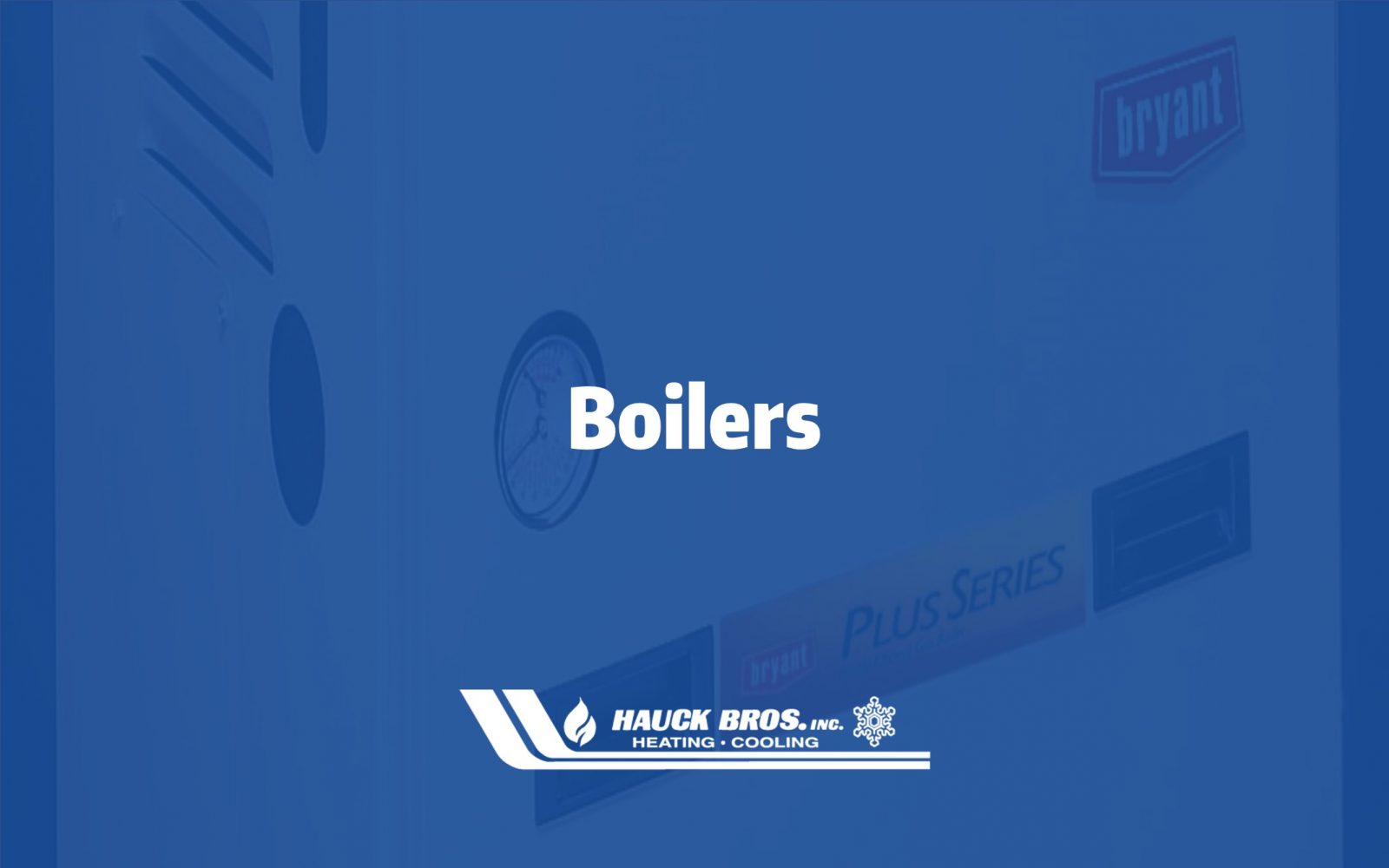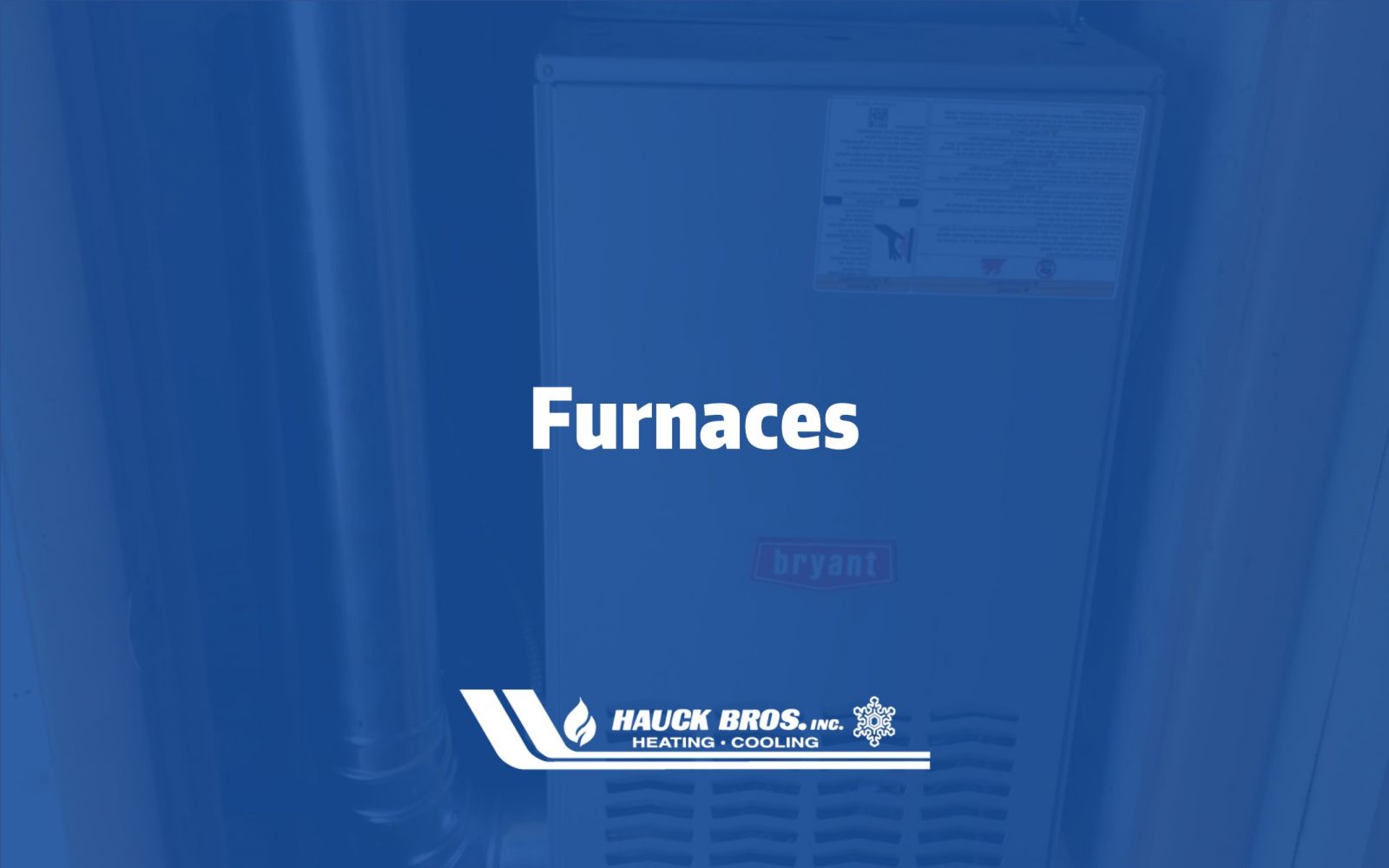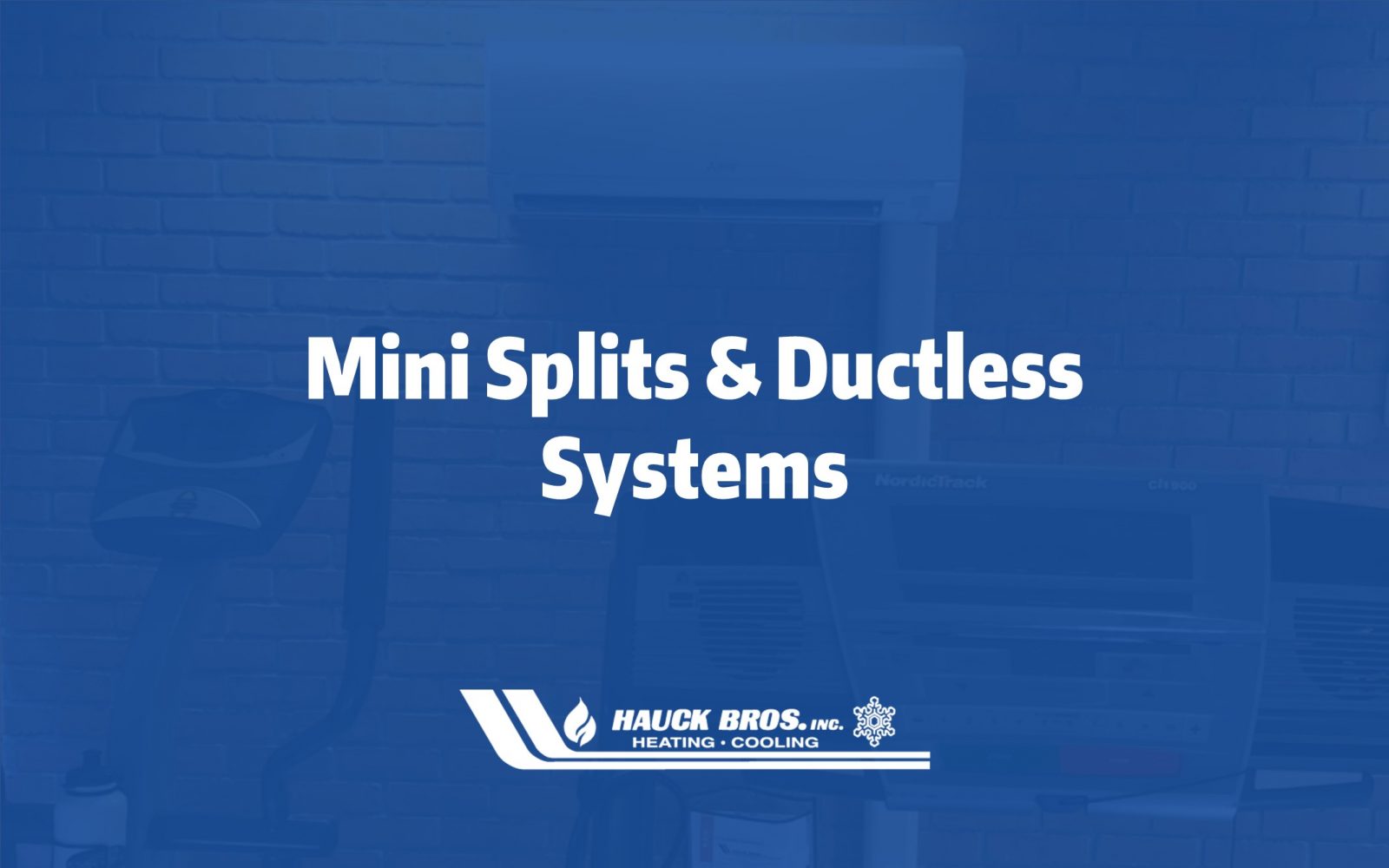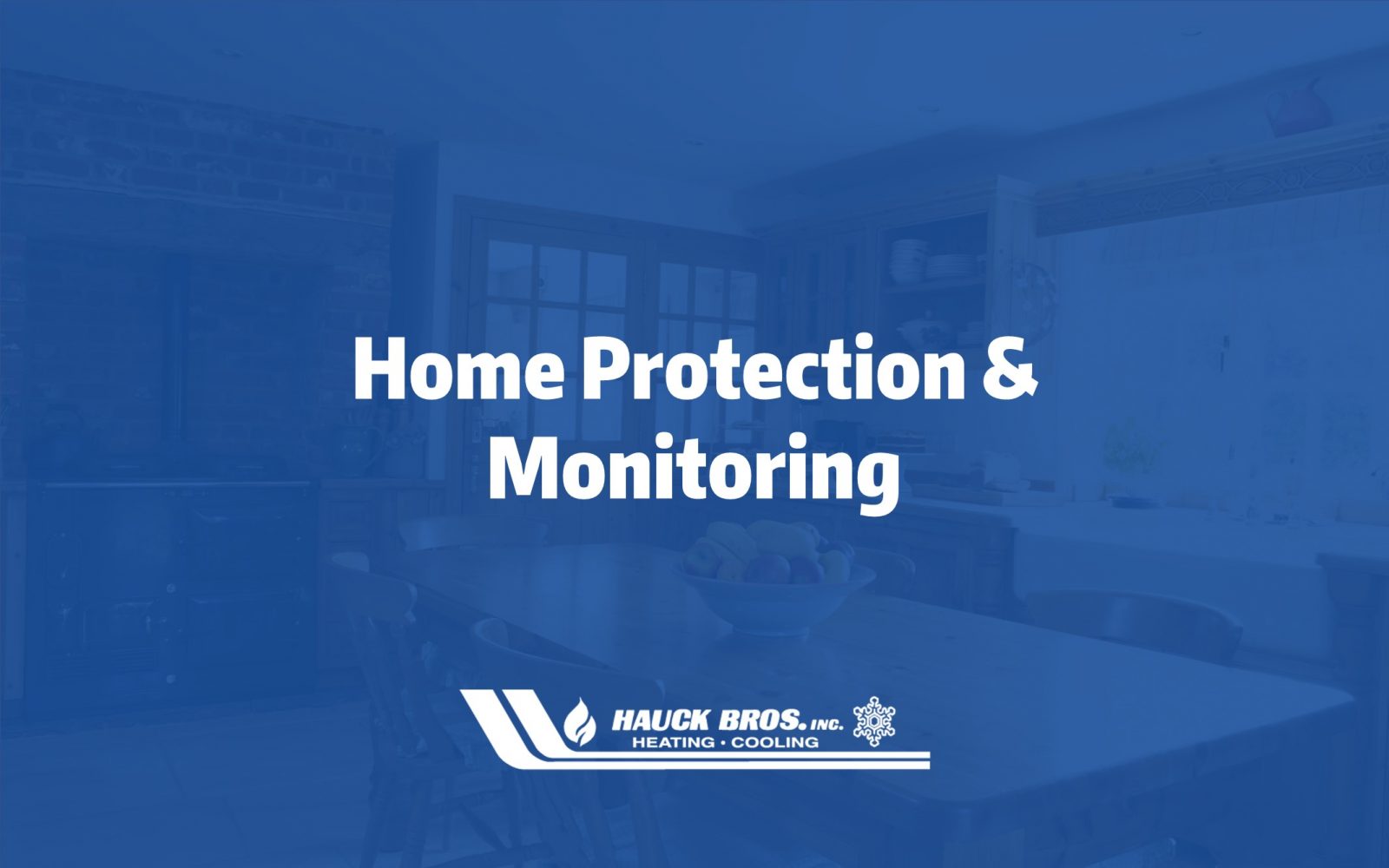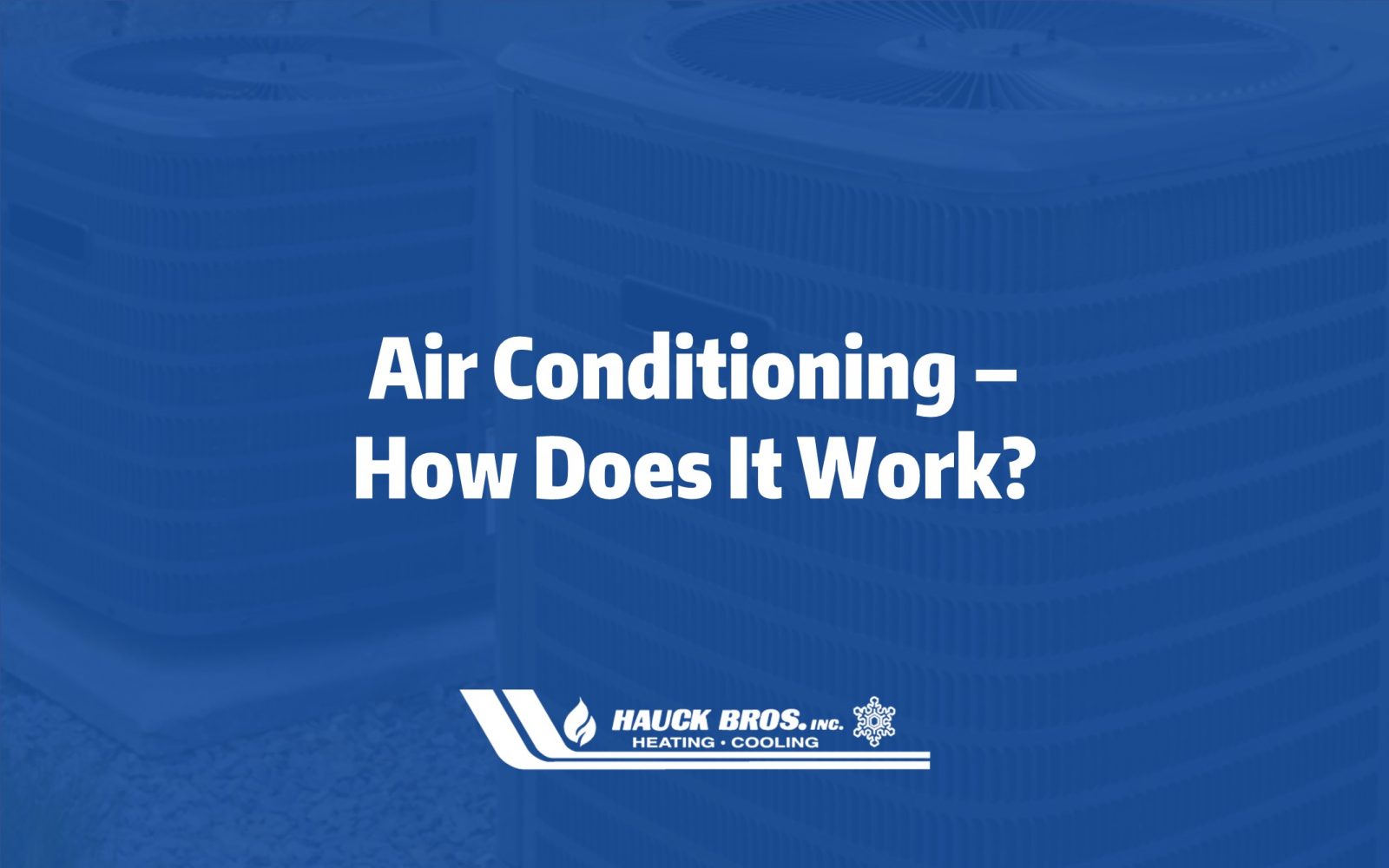
During the Summer in the Miami Valley, air conditioners get used a lot. According to U.S. Climate Data, from May 29th to Sept 18th, our average high is over 75°F. That’s 113 straight potential days of Air Conditioning use. Then of course, there is the summer high humidity. Humidity levels of 60% or higher can lead to adverse health effects – Bacteria, Viruses, Mold, Fungi, Mites, Asthma, and Allergic Rhinitis all thrive in higher humidity. Central air conditioning systems not only take takes away the heat from inside the house, but removes the humidity as well in the heat transfer process. With proper Indoor Air Quality (IAQ) products, Air Filtration, Ultraviolet Lights, Ionizers, and Dehumidifiers, all of these health issues can be addressed as part of your HVAC system.
How it Works
The basic concept of central air conditioning is pretty simple, remove heat and moisture from the interior of an occupied space to improve the comfort level of the occupants. When the thermostat registers that it needs to turn the air conditioning on to maintain the set temperature, the system is turned on or charged. The blower on the furnace turns on and moves air through the duct system and through the filter. This air is blown across the indoor evaporator coil which uses refrigerant to remove heat and humidity. That heat is transferred outside by the lineset and outdoor compressor. A fan on the outdoor unit pulls air over the condenser coils which releases the heat into the outdoor air. The cooled refrigerant then moves back through the lineset to repeat the process until the thermostat temperature is met.
Types
Single Stage
A single stage air conditioner turns on when indoor temperatures exceed the temperature setting on your thermostat. Once the temperature set on the thermostat is reached it turns off again. Single stage air conditioners always operate at 100% capacity.
Two Stage
More efficient than single stage units, two stage air conditioners vary their output between two levels: high and low. Ideally, the low stage would satisfy the thermostat most of the time. When necessary, the high stage would turn on. This helps eliminate temperature swings and helps to dehumidify the air, making you feel more comfortable for longer periods of time.
Variable Speed
Variable speed air conditioners precisely control the airflow throughout your home in order to maintain the highest level of comfort. This allows the air conditioner to run continuously, while consuming far less electricity than a single stage air conditioner. The constant airflow has some key benefits: maximum air filtration, dehumidification, minimum cold spots and quieter operation.
Comfort
Air conditioners play a big role in keeping homes and businesses comfortable during hot days. Being able to lower the temperature inside allows for people to stay cool and comfortable.
The temperature that feels comfortable may be different for everyone. With a variable speed air conditioner, having the air move constantly allows for better dehumidification, better filtration, and lessening of hot and cold spots. Even with the two speed air conditioner, having the low speed on the majority of the time makes the air feel more comfortable.
Energy Efficiency
If you’re looking at replacing your air conditioner, high efficiency systems can help lower utility bills, be environmentally friendly and maintain your comfort level. There are also rebates and incentives from some manufacturers and utility companies for higher efficiency air conditioners.
EER (Energy Efficiency Ratio)
EER is calculated by dividing the input electrical power (measured in watts) by the amount of cooling created (measured in British Thermal Units or BTU’s) under a single set of conditions.
SEER (Seasonal Energy Efficiency Rating)
SEER is a ratio of the amount of cooling produced (BTU) divided by the amount of electricity (watts) used. The difference between SEER and EER is that SEER accounts for changes in outside temperature instead of just one temperature. EER should be used as a comparison when the outside temperature is consistently over 95 degrees F.
The higher the SEER, the greater the air conditioner’s efficiency could be. Generally, most single stage air conditioners rate from 13 to 19 SEER. Two Stage units rate from 17 to 21. Variable speed units rate from 19 to 26. Comparing against a 10 SEER air conditioner over 15 years*, a 13 SEER could save $1,125, a 16 SEER could save $1,830, a 20 SEER could save $2,430, and a 25 SEER could save $2,835.
*based on 2016 US National Average
Earning the ENERGY STAR means products meet strict energy efficiency guidelines set by the US Environmental Protection Agency. By choosing ENERGY STAR certified heating and cooling equipment and taking steps to optimize its performance, you can enhance the comfort of your home while saving energy and cost. Saving energy helps you save money on utility bills and protect our climate by helping prevent harmful carbon pollution and reducing other greenhouse gases. Air Conditioner split systems and packaged units over 15 SEER qualify for ENERGY STAR.
DIY
Just like your car, your air conditioner needs maintenance at least once a year to keep operating as efficiently as possible to provide the comfort you and your family deserve. Things you can do yourself include:
- Replace or clean your air filters regularly – this lowers your unit’s energy consumption by at least 5%.
- Clean the evaporator coil as needed, typically once a year.
- If any coil fins are bent, you can straighten them with a “fin comb.”
- Clean debris from the fan, compressor and condenser of your split system.
- Prevent drain clogs in your unit by passing a stiff wire through the channels once in a while.
- Inspect the window seals around your window unit to make sure air is not escaping.
- Be sure your thermostat is set properly.
- Make sure the drain isn’t clogged and that the filter isn’t dirty.


